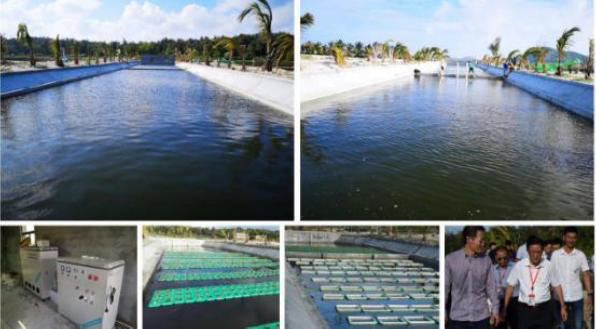
Aquaculture Wastewater Treatment, Wastewater Recycle
The Project located in Lingshui town of Sanya City, Hainan Province. The aquaculture farm covers area is about 33 acres. Most is grouper farming, average output is 3,000 kg per 660 m3, daily feeding amount is 50 kg / day / 660 m3 when peak season.
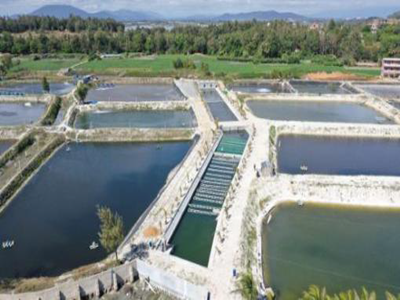
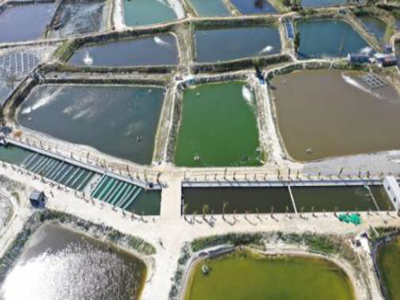
Due to large amount of daily feeding, many feces and feeding residue sinking into the bottom of pond, and become COD, ammonia nitrogen, nitrite and phosphorus for water quality, which serious affects the normal growth of fish.
Furthermore, as new environment regulation that untreated aquaculture wastewater is prohibited to be discharge into the sea, so fish farmer want to build up wastewater treatment facility for reuse water.
The aquaculture wastewater recycling treatment technology is to build a simple wastewater treatment system next to the aquaculture farm area. The wastewater treatment area only accounts 6 ~ 10% aquaculture area (for example, 10 acre of aquaculture farm requires about 1 acre of wastewater treatment system).
The main technical principle is as following:
. Filtration system will reduce feed residue, aqautic animal feces, and animal debris.
. Biological anoxic system will quickly reduce COD & Ammonia nitrogen.
. Biological aeration system with further reduce COD & ammonia nitrogen.
. Hence aquaculture wastewater can achieve recycled use or discharge compliance.
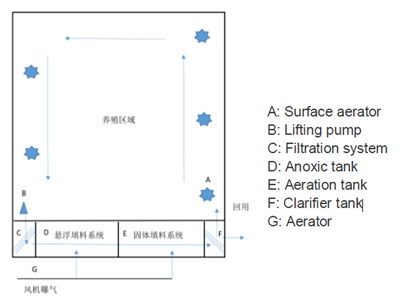
Facility size: 6% if shrimp farming area; 10% if fish farming; 8% if mix farming
Flow diagram: Clarifying > Filtration > Anoxic tank > Aeration tank
> Clarifier / Wetland (subject to aquaculting area )
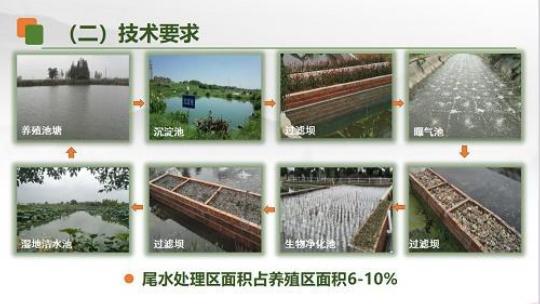
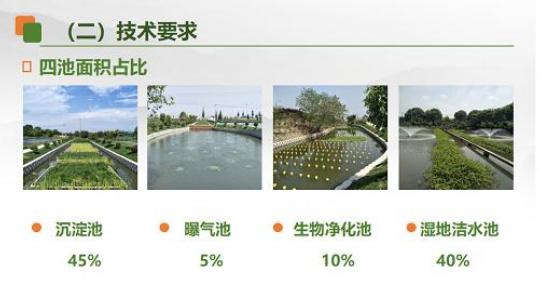
. Aerobic Bactria reduce COD & BOD in wastewater, degrade organic pollutants.
. Nitrifying Bacteria reduce Ammonia and Nitrite nitrogen in wastewater, reduce toxic for aquaculture.
. Denitrifying bacteria reduce nitrate and total nitrogen in wastewater, reduce toxic for aquaculture.
How does it work
1) The main components of nitrifying bacteria are ammonia oxidizing bacteria (AOB) and nitrous acid oxidizing bacteria (NOB). AOB will convert NH4 -N into NO2 -N. And NOB will convert NO2-N into NO3-N, the whole process we call nitrification process, detail as following chart.
2) Organic matter in wastewater will be utilized by microorganism for nutrients to synthesize cellular material under aerobic conditions; another part of the organic matter is catabolized and releases energy, which further reduces the COD in the wastewater.
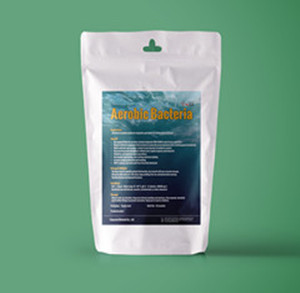
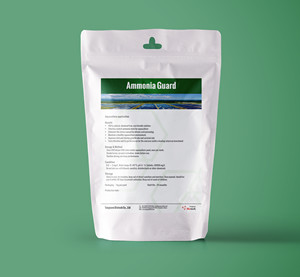
After 20 days construction and commissioning, the processing capacity of the aquaculture wastewater facility was complete and achieve wastewater recycling goals.
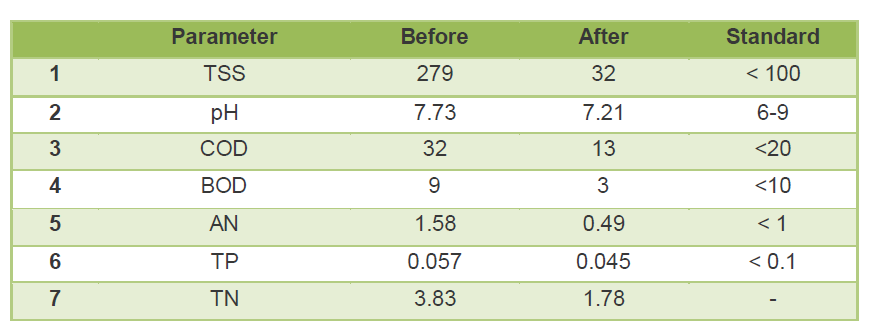
Ecological benefits: Through this project, the farmer can recycle use aquaculture wastewater, saving water cost. Furthermore, greatly restore ecosystem and water quality of neaby sea area.
Economic benefits: Greatly maintain water quality & environmental health for aquaculture, reduce
pollution to aquatic animal, improve fish growth and yield, finanly increase farmer’s
income.
